
People counting is a method of calculating, detecting, and analyzing information such as the number, flow path, and time of a large number of people to obtain the movement trend and behavior pattern of the population, and use it for decision-making in public management, business operations, tourism, and security.
People counting typically uses sensor technology or computer vision technology, such as facial recognition, video surveillance, thermal imaging, infrared scanning, radar, etcWiFi probes and other technologies. These technologies can help people access information such as the number of people, traffic, range of activities, and length of stay in public places such as malls, stations, stadiums, attractions, hospitals, schools, and offices.

The importance of people counting in modern society can be explained from several perspectives:
1. Urban planning: Comprehensively grasp the population flow of the city, and provide strong support for the construction of public transportation, roads and other infrastructure and urban planning.
2. Commercial operation: For shopping malls, supermarkets, hotels, restaurants and other commercial places, understanding the changes in passenger flow can effectively adjust the allocation of personnel and materials and improve business efficiency.
3. Tourism services: For tourist attractions such as scenic spots and resorts, crowd management can avoid crowds and improve the tourist experience.
4. Public safety: For important places, such as administrative areas, airports, stations, stadiums, etc., the use of crowd statistics can track different personnel background information and detect abnormal behaviors and security threats.
People counting has a wide range of applications in improving urban planning, business operations, tourism experience, and public safety.


Lidar is a sensor that scans the surface of an object with a laser beam and measures the reflected light, which can obtain a high-precision, high-resolution 3D model of the environment.
In terms of people flow statistics, lidar can accurately detect and count the flow of people, flow velocity, and movement characteristics, including tracking the movement path of people, identifying pedestrians, and calculating the density of people. In practical applications, lidar can be combined with computer vision technology to achieve more accurate and practical people flow monitoring and analysis.
Lidar plays an important role in people counting and has the following advantages:
High accuracy: LiDAR can provide high-precision measurement results, with small errors, spatial accuracy in centimeters, and can also better distinguish individuals in densely populated areas.
High reliability: LiDAR can work under noise and light conditions, and is suitable for people flow monitoring in complex environments, and the average indoor/outdoor algorithm is suitable for different application scenarios.
Good real-time performance: LiDAR can detect and analyze the flow of people and action characteristics in real time, which can be used for real-time personnel entry and exit management and security control, and for big data visualization of venues, such as stations, airports, stadiums and other large-scale occasions.
Refined display: LiDAR has 3D modeling technology, which can expand the trajectory of the flow of people in different directions, and improve the visualization effect of the distribution pattern of the flow of people by analyzing the dynamic characteristics of people.
With the application of LiDAR technology, comprehensive information such as passenger flow, flow velocity, and movement characteristics can be quickly and automatically analyzed, and traffic management and environmental studies can be supported in large transportation hubs such as subways, high-speed railways, and airports. Through large-scale collection and analysis of data frameworks, we can improve the grasp of on-site personnel behavior and the formulation of logistics strategies in large-scale venues, further optimize the efficiency of people flow organization, reduce costs, improve safety, improve personnel task allocation, and ultimately improve the travel and service experience.
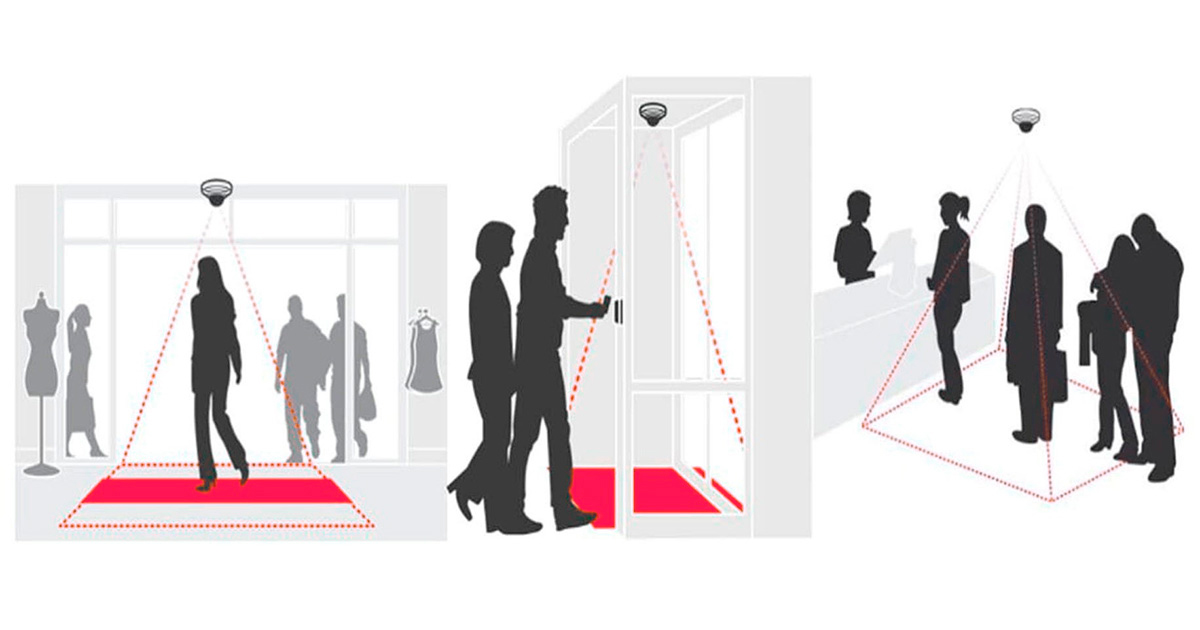
In a people detection system, lidar detects objects in the environment, including the human body, by emitting a laser beam and measuring the reflected light. The detection workflow is roughly as follows:
Laser emission: Lidar emits a laser beam through a laser emitter, and the laser beam is irradiated to the surface of an object in the environment.
Reflected light reception: When a laser beam hits the surface of an object and is reflected, the receiver of the lidar receives the reflected light signal. Lidar calculates the distance between the object and the lidar and the coordinates of the object by measuring the time, offset, power and other parameters of the reflected light.
Data processing: LiDAR generates a 3D model of the environment through the measurement and analysis of reflected light. For the detected human body, lidar can extract its coordinates and spatial information, as well as their movement trajectory.
Demographics: LiDAR can count the number, density, flow, and speed of the population by monitoring the position and movement trajectory of the human body. For public places, such as stations, stadiums, densely populated areas, etc., interpersonal distancing and density can be monitored to ensure the safety of people in the venue.
Siman Recommended Model:
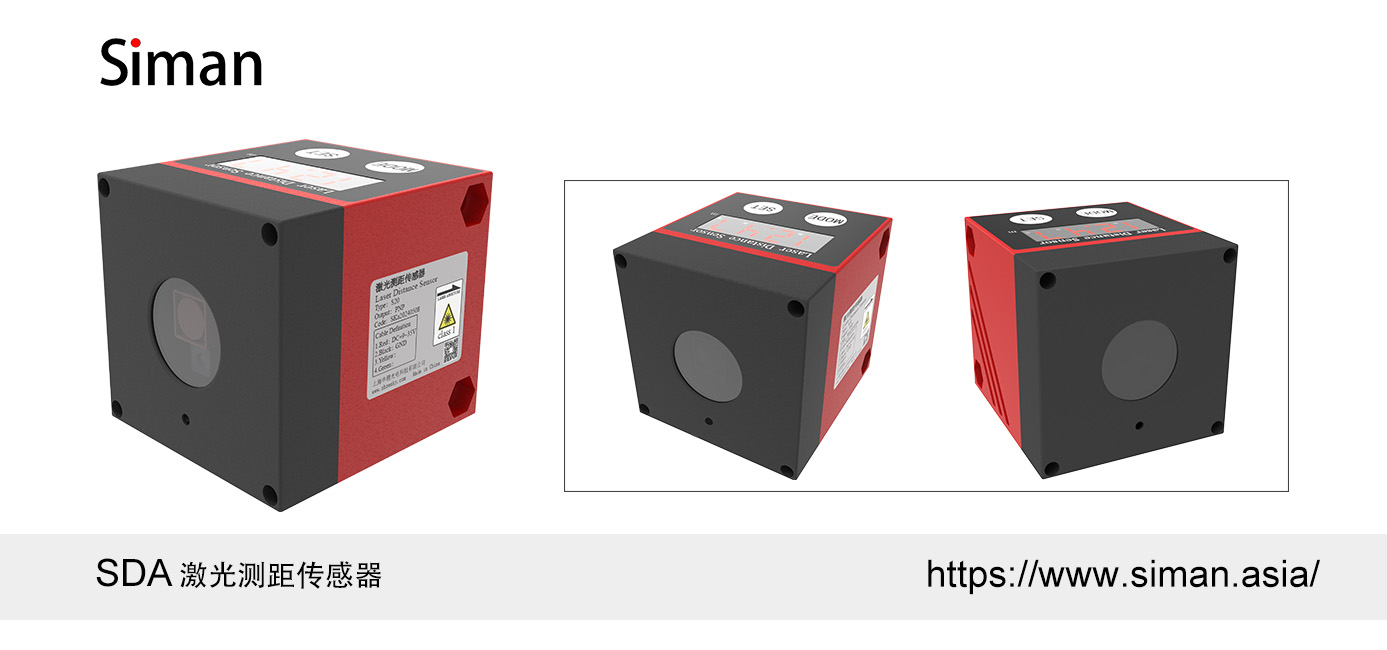
Advantages of SDA laser distance sensors for this application:
1. Large measuring range: DTOF (Time-of-Flight) technology is adopted It can achieve high-speed ranging requirements from 0.3 to 20 meters, which is suitable for indoor and outdoor scenarios, and can meet the needs of different application scenarios.
2. High precision: SDA laser distance sensor can achieve centimeter-level accuracy, and can obtain accurate distance information in different environments after rigorous temperature, ambient light and linear compensation.
3. High frequency: This laser ranging sensor can achieve high-speed ranging requirements with a rate of 50-250Hz adjustable, which greatly improves the efficiency of data acquisition.
4. High accuracy and reliability: The resolution of SDA is 1mm, and the accuracy is ±20.0mm @300~2000mm; ± 30.0mm @2000~6000mm, <1% @6000~20000mm can</b14>
5. Small size: Miniaturization is suitable for embedded installation, supports secondary development, SDA can be built into the overall structure, does not occupy too much space.
6. Various interfaces: The laser distance sensor provides RS485/analog/PNP/NPN/relay/UART.
8. Real-time feedback: The sensor can provide real-time feedback on the location and distance of the measured target, which is convenient for users to obtain data and conduct real-time data analysis and processing.
9. Cost-effective: The laser distance sensor is cost-effective, which can strike a balance between cost and benefit, and the value is fully reflected.
SDA laser ranging sensor has many advantages such as high precision, high-speed ranging, good safety, strong adaptability, small size, easy installation, diversified data output format, real-time feedback, high cost performance and so on, and can be widely used in people flow statistics, flow monitoring, intelligent retail and other fields.
Business Manager: Manager Jiang
Tel:13391208082
E-mail:13391208082@163.com
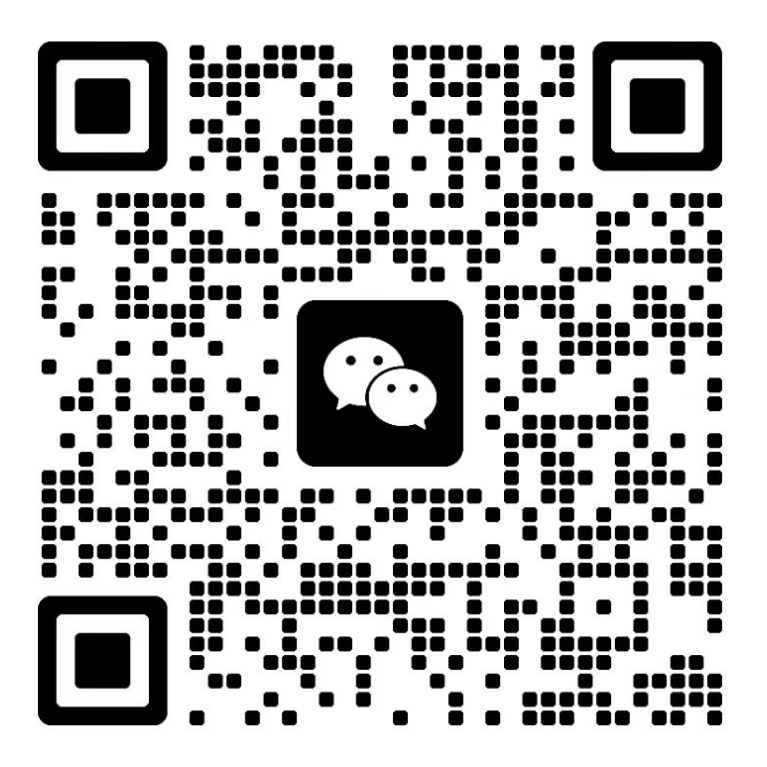
Business Manager: Manager Li
Tel:18737118612
E-mail:18737118612@163.com
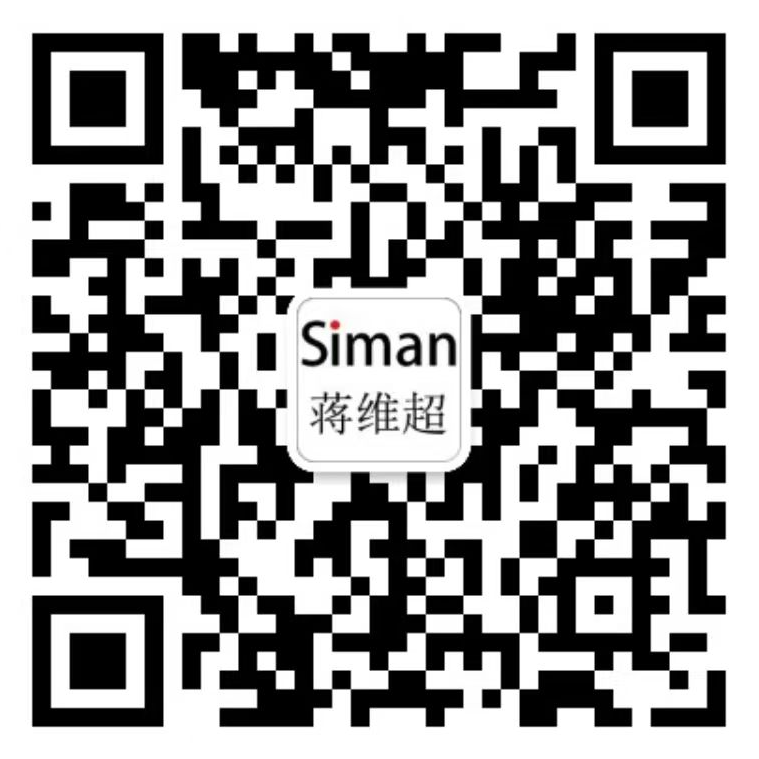
Business Manager: Manager Lv
Tel:15238312802
E-mail:15238312802@163.com
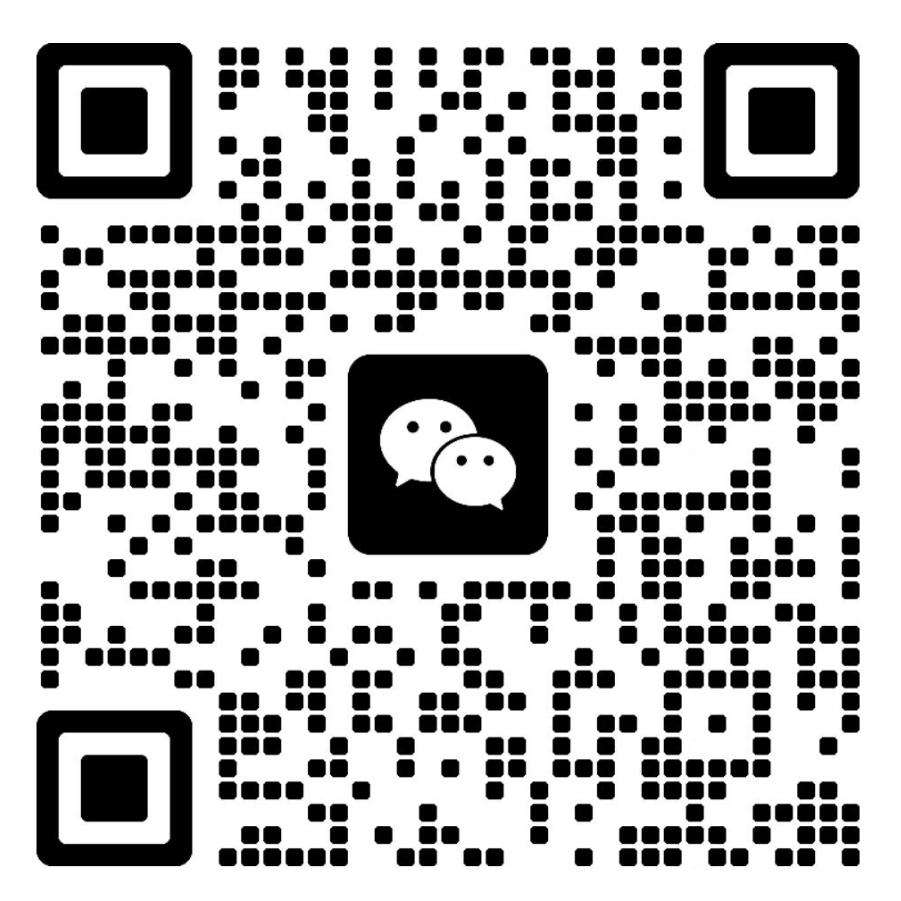
Business Manager: Manager Wang
Tel:15238360758
E-mail:15238360758@163.com
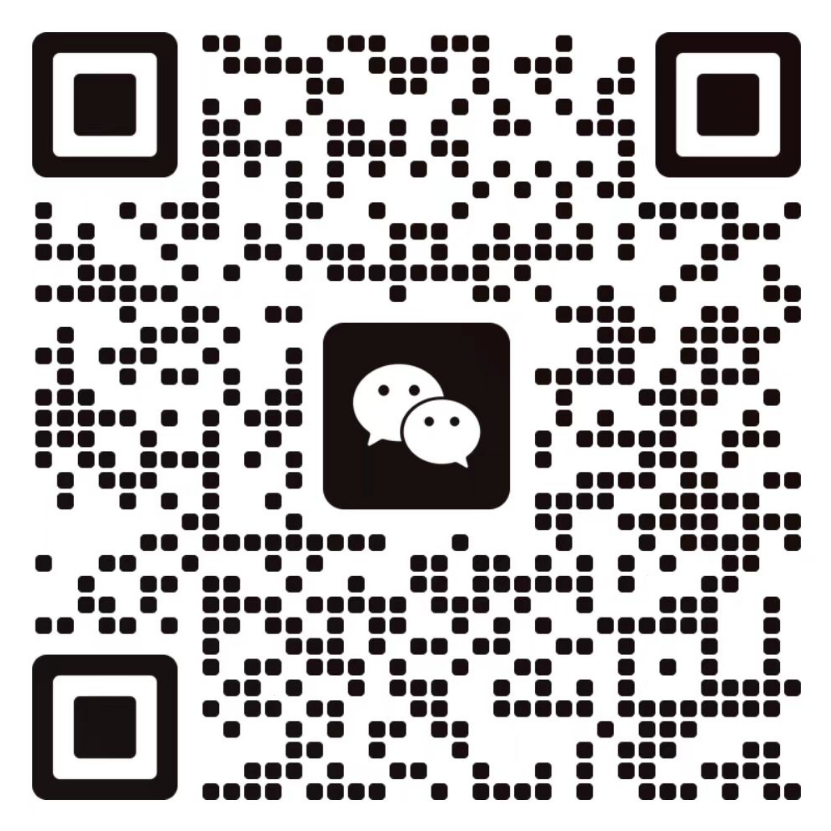
Copyright © 2024 Siman Sensor Technology Co., Ltd. 豫ICP备2024098333号